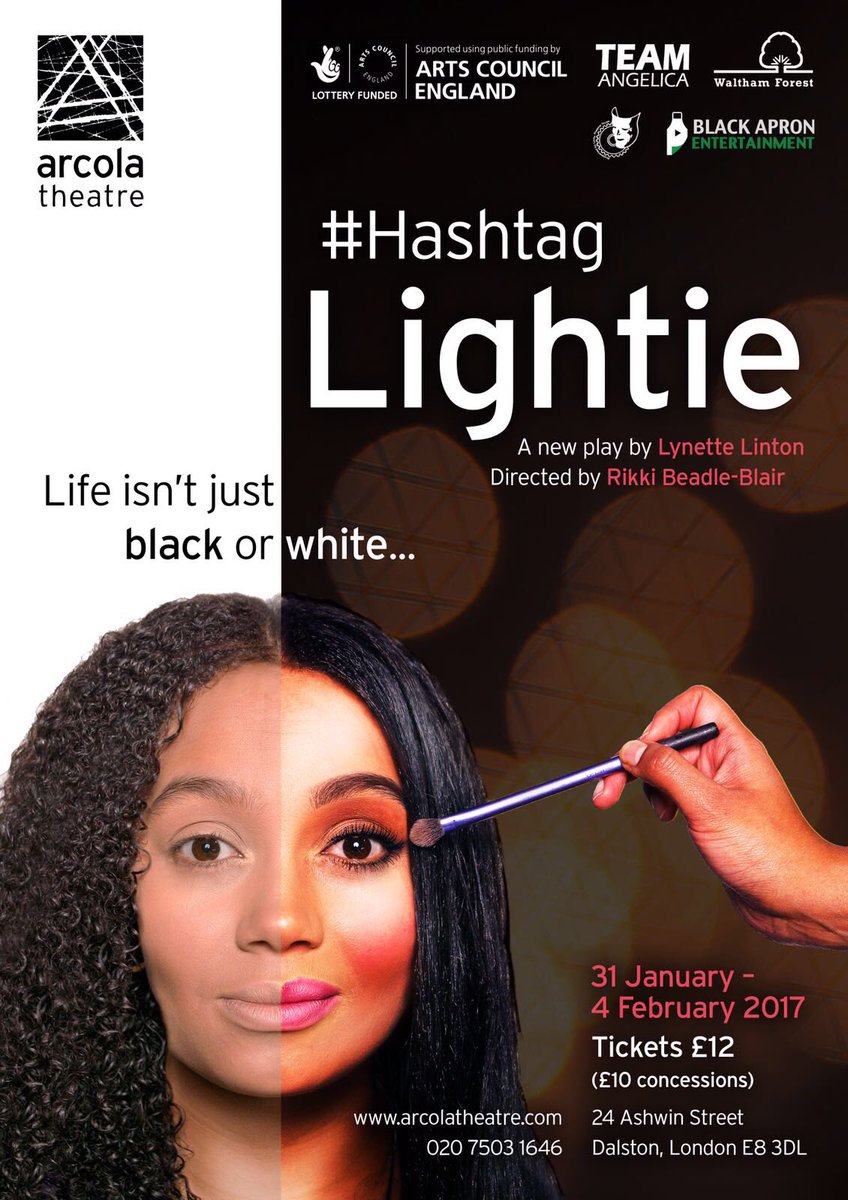The Fight for Interracial Marriage Rights in Antebellum Massachusetts by Amber D. Moulton (review)
The Journal of the Civil War Era
Volume 6, Number 4, December 2016
pages 594-596
DOI: 10.1353/cwe.2016.0075
Tamika Y. Nunley, Assistant Professor of History
Oberlin College, Oberlin, Ohio
The Fight for Interracial Marriage Rights in Antebellum Massachusetts. By Amber D. Moulton. (Cambridge, Mass.: Harvard University Press, 2015. Pp. 288. Cloth, $45.00.)
The 1843 repeal of the ban on interracial marriage in Massachusetts was not a guaranteed victory in the antislavery North. As Amber Moulton’s research demonstrates, the repeal was the culmination of the persistent efforts launched by African Americans and radical abolitionist allies committed to interracial rights activism in the face of formidable antiamalgamation and antimiscegenation opposition. Elucidating the social and political significance of amalgamation, Moulton underscores the process of “advancing interracialism” to further understand the justifications and merging forces that worked for and against interracial marriage and eventually full social and political inclusion (6). Through a close reading of petitions initiated by African Americans, the rhetorical strategies of activists and legislators, popular literature, committee reports, and manuscripts, Moulton presents us with a regional study that broadens our understandings of antebellum debates about interracialism beyond the scope of marriage and into the arenas of racial equality, legitimacy, and citizenship.
The book begins with an overview of the origins of antiamalgamation views rooted in eighteenth-century racial science, white supremacist justifications for colonial slavery, and the work of writers such as Jerome B. Holgate. Even as popular sentiment emphasized interracial relations as either “salacity or tragedy,” antislavery activists such as Lydia Maria Child emerged with alternative, albeit romantic, narratives about interracial relationships (26). Pairing these with popular narratives and images and actual evidence of interracial marriages, Moulton contrasts antebellum ideas about amalgamation with explanations of case studies that show how interracial couples and their children were affected by the ban. Requests made to the overseers of the poor highlight local determinations of illegitimacy that many couples and offspring confronted in efforts to receive public aid. In the second chapter, Moulton examines local responses from another lens, particularly the activism of abolitionists and prominent African American orators. Here we see that African Americans were not marginally involved in the debate over interracial marriage, as the historical scholarship suggests, but instead contributed substantially and at times independently in local organizations, editorials, speeches offered at antislavery conventions, and petitions.
Moulton builds the third chapter around a critical medium of antebellum political engagement—petitioning. The petitioning efforts of local abolitionists—particularly white women—generated controversy at a time when women’s rights, abolitionism, and sectionalism converged onto the antebellum political theater. The legislative response targeted the virtue of white female petitioners and underscored the belief that the women who signed petitions from towns like Lynn, Brookfield, Dorchester, and Plymouth inappropriately supported the repeal of the ban on interracial marriage. White women’s vocal support for repeal implicated them in sexualized discourses of interracial relationships and provoked direct attacks upon their own moral virtue. Moral reformers such as Mary P. Ryan, Eliza Ann Vinal, Maria Weston Chapman, and Lucy N. Dodge defended their activism and their political participation in debates about interracial marriage. They framed their support of the initiative as an effort to curb licentiousness, to promote the moral imperatives of marriage, and to protect the legal interests of mothers and children deserted by men. From the perspective of moralists, the lack of marital rights could only lead to immoral behavior, abandonment, and illegitimacy.
A major obstacle to the repeal effort was convincing poor whites committed to white supremacy in the North that interracial marriage should be legalized. In the fourth chapter, Moulton argues that resistance to a ramped-up fugitive slave law, and the George Latimer incident in particular, generated heightened political fervor against southern slaveholders. Latimer was a fugitive slave who fled from Virginia to Boston, where he was arrested, tried, and eventually manumitted. The case resulted in public uproar and inspired politically charged petition drives that called for an end to policies that required state authorities to detain suspected fugitives. Accordingly, the South’s imposition of the Fugitive Slave Law threatened the rights and freedoms enjoyed by white northerners, thus energizing the political momentum necessary not only to defend antislavery measures but to repeal the interracial marriage ban with the support of unlikely white citizens…





